I stand at Yonago Station, my eyes fixed on the tracks as I await the arrival of my train from Track 0. This station, also known as Ratman Station, is located in Tottori Prefecture near the border of Shimane. The stations on the Sakai Line all have an alternate name, and this one is no exception. As my train arrives, I can’t help but notice the lively characters from the popular anime, GeGeGe no Kitaro, decorating its exterior. The walls are adorned with illustrations of Nekomusume, a supernatural cat known as “Cat Girl,” who, to my surprise, also serves as one of the train’s announcers.
As the train chugs along, it gently rocks back and forth, the sensation akin to being on a ship at sea. Nekomusume is normally a reserved yokai girl, however she is known to shapeshift into a fearsome catlike monster with razor-sharp fangs and piercing eyes, particularly when she is angry or hungry for fish.
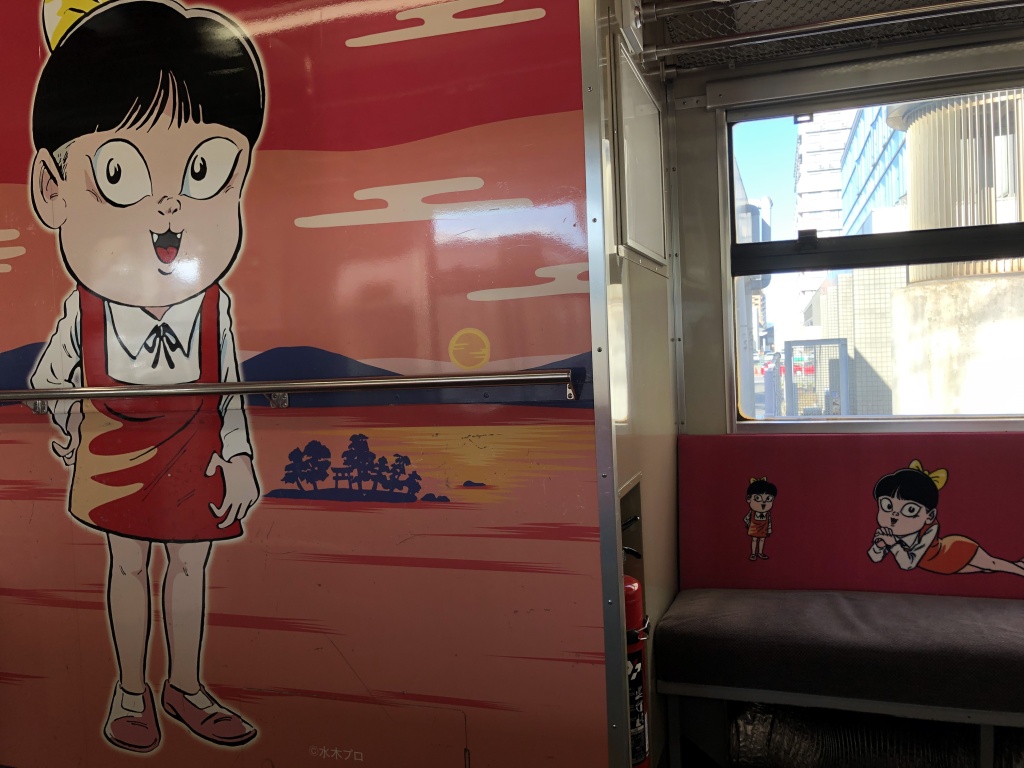
Finally, I arrive at the port town of Sakaiminato and get off the train at Babasakicho Station, nicknamed ‘Kijimuna’ meaning Okinawan wood spirits. As I exit the station, I feel lost and consider whether I have made a mistake. But after a short walk, I see a sign pointing me to my destination: “Welcome to the World of Mizuki Shigeru.”
Mizuki Shigeru was a Japanese manga artist, born in 1922 and raised in the town of Sakaiminato. Upon arriving at Mizuki Shigeru Street, I am immediately struck by the abundance of weird statues that line the road. A total of 177 bronze yokai statues, each depicting a different supernatural entity from Japanese folklore, have been placed along the 800-metre street. Mizuki Shigeru made his name by portraying such entities in his work and the area here is dedicated to his legacy.
The street is filled with souvenir shops selling official Mizuki Shigeru goods, and the entire road is dedicated to the artist. It’s clear that even in death, Mizuki Shigeru has become immortalised with not only a statue, but an entire street and a train line. The vending machines are adorned with illustrations of monsters, there are photo booths where you can take a picture with yokai, there is a large museum, and even a place called Yokai Shrine.
The renowned Mizuki Shigeru Museum showcases many of Mizuki’s works, including manga books from his “only-for-rent-manga-period” and other masterpieces about yokai. The museum also displays numerous photographs and materials about the writer’s trips and his research of the yokai world. Visitors can even find yokai that lived in ancient times in Japanese households. The museum truly immerses visitors in the world of yokai and the brilliance and wonder of Mizuki Shigeru’s work.
The museum’s flyer sums it up best, “You will meet a lot of yokai. Hope you will become friends with them.”
Continuing my exploration of the museum, I pass books and board games, and a lot of comics, most of which feature imagery that depicts death. The museum spans a massive ten rooms and includes original cells, drawings, a bronze engraving of Mizuki’s palm print, his passport, and a complete timeline of his life.
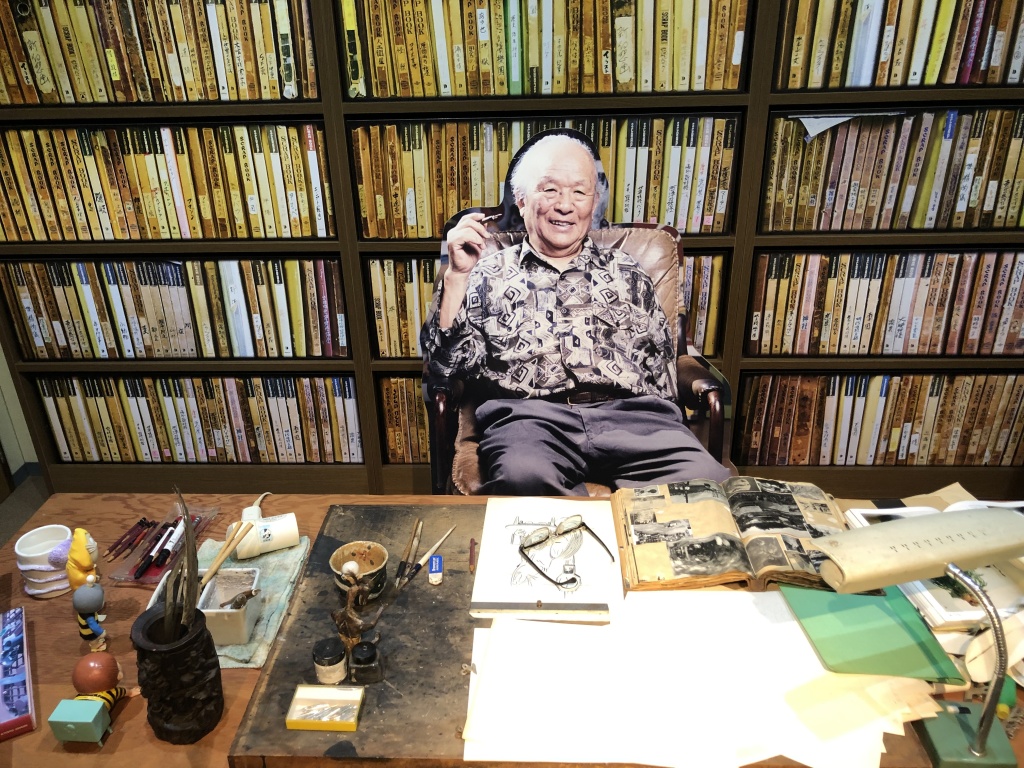
Weird, creepy music plays as I pass through a haunted house. I learn in the museum of an interesting temple over in Matsue Prefecture, three hours from here by train. The temple is very much related to the story of Mizuki Shiguru’s life. As I leave the museum I pass a terrifying wall of heads in the Yokai Cave, and finally outside I discover a traditional Japanese garden littered with macabre images.
After a few hours on the train, I arrive at Ichibata-Guchi Station. The train station features a small statue of yokai. As I exit the station, a really old woman approaches me and starts chatting in Japanese. She is surprised to hear that I am planning to walk to the temple, as it is about five kilometres away and up a mountain. The walk is quite difficult, she warns me.
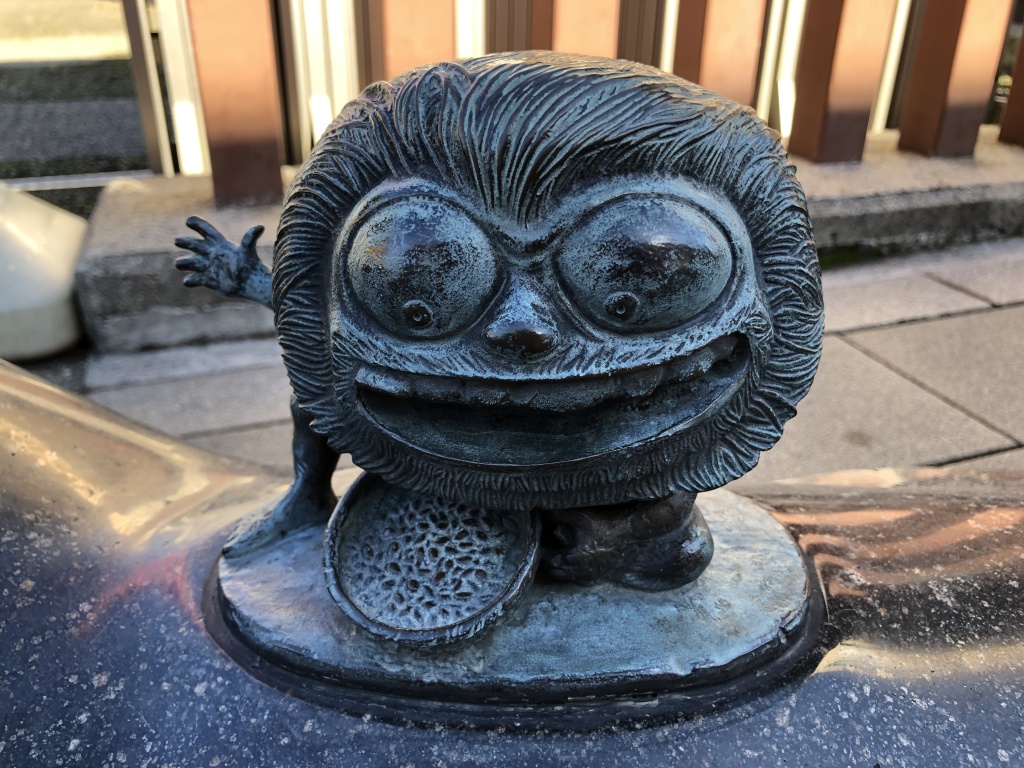
As I begin my hike, I walk down a conveniently straight stretch of road. The first car I see since leaving the station is driven by a Japanese man who, for no apparent reason, smiles and bows his head at me. A short distance later, I come across two stone lanterns that mark the beginning of the route, which will start to incline steeply. From this point, the footpath vanishes leaving two lanes of an empty road devoid of traffic or vehicles. As the path becomes steeper still, it meanders and curves up the mountain and I find that the further and higher I climb, the better the view becomes. At one point I can make out Lake Shinji in the distance.
As I near the top, I realise how hot it is, and it doesn’t help that I am wearing a thick winter coat. It must be 20 degrees. The breath of winter now a fiery gasp, as the planet scorches in its rage.

After a challenging hike I reach Ichibata Yakushi, a Zen Buddhist temple, and part of multiple pilgrimages, one of which includes visiting 108 Kannon temples in Japan. The temple was said to be founded after a monk named Yoishi followed three white foxes up this mountain, and decided to build a temple at the site where the foxes led him.
The reason for visiting this temple today is that the story goes that Shiguru Mizuki used to visit here a lot, and that a ghost of a really old woman would meet him here, whispering to him all the legends and stories he used in his creations. I explore the temple grounds, and get a feeling that someone ordered a few too many statues. It is said that there are 84,000 statues here, however, I count just 30,780.
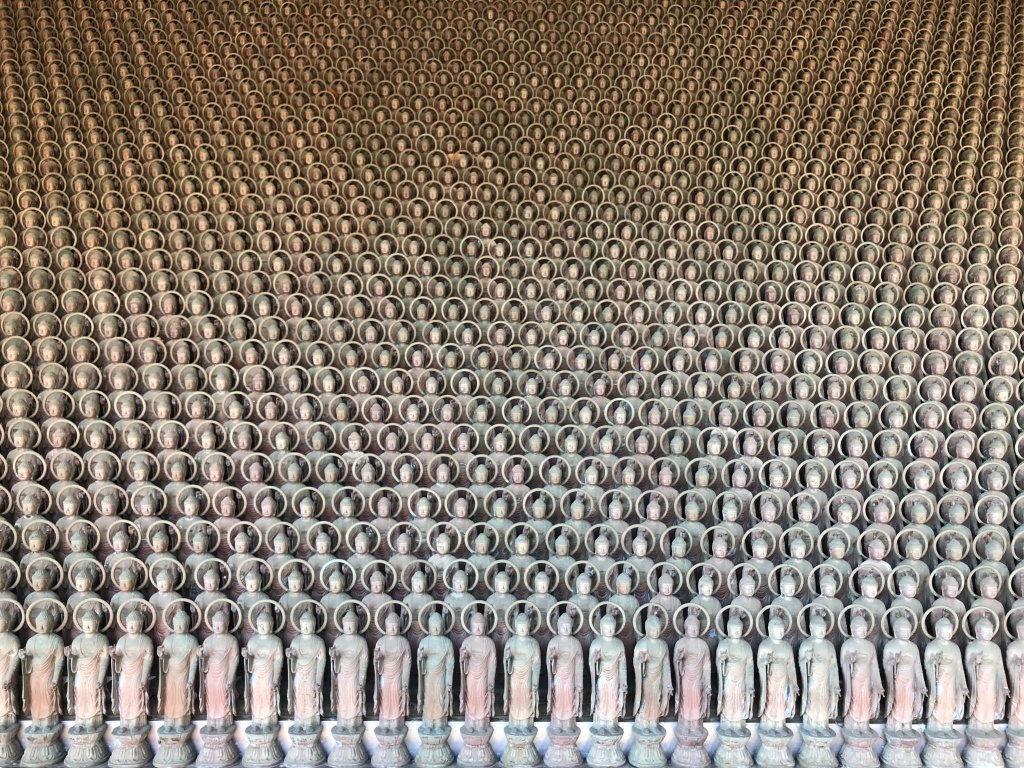
As I continue to explore, I decide that it’s really quite beautiful up here. The area also features mountain cottages to rent for a night for as little as ¥10,000, offers stunning views of the landscape below, and for some reason, appears to be really popular with dog owners, as I count five dogs within the temple grounds.
I place some coins in the box next to some statues of yokai, and decide that this is the nicest temple I’ve visited. In the future, I wouldn’t mind visiting more temples on a pilgrimage trail, but for today, I decide it’s getting late, and I head back down the mountain passing a small mountain village, before stumbling across another yokai statute, sitting unassumingly at the bottom of some stone steps.
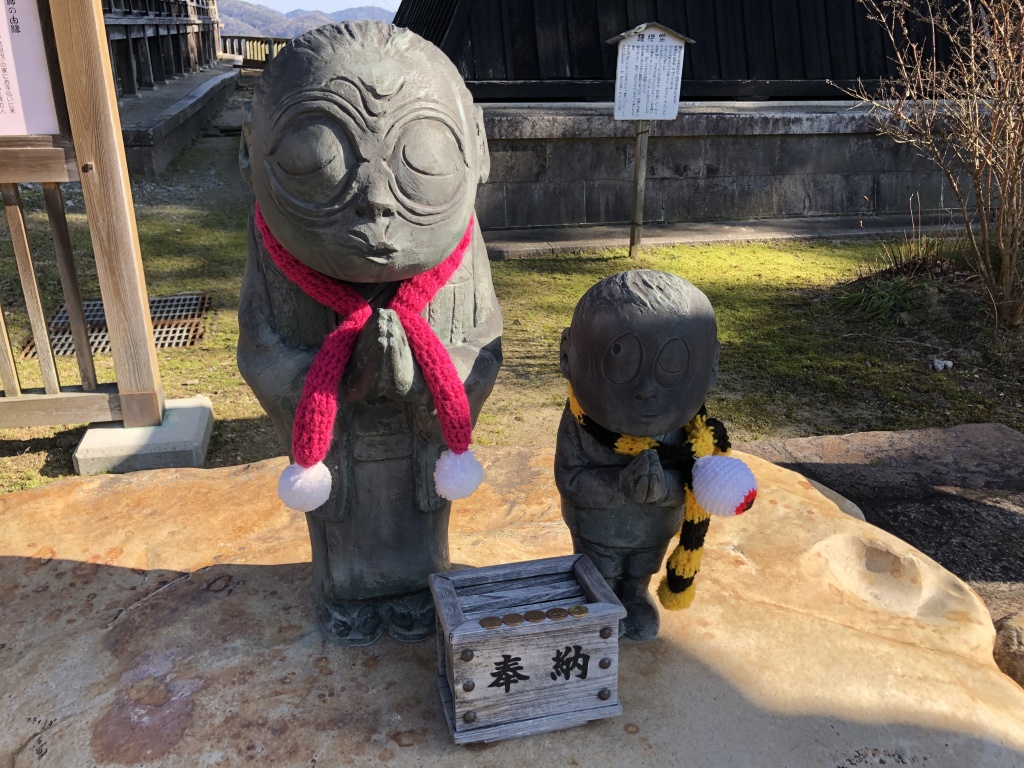
After climbing up the 1,270 moss covered steps, I arrive back at my favourite temple, exhausted and realising this was just an alternate route. I carefully climb back down the steps to leave. The really old woman I saw at Ichibata-Guchi Station smiles at me as I pass her on the steps, and I can’t help but wonder if she might be Shiguru Mizuki’s whispering ghost.
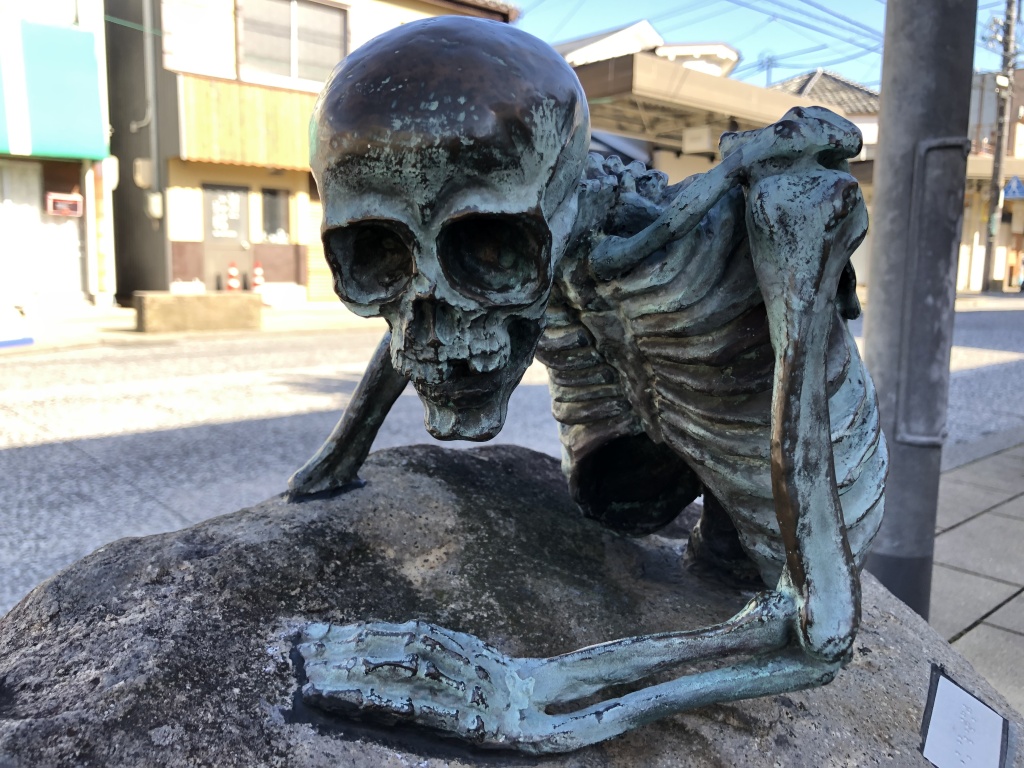
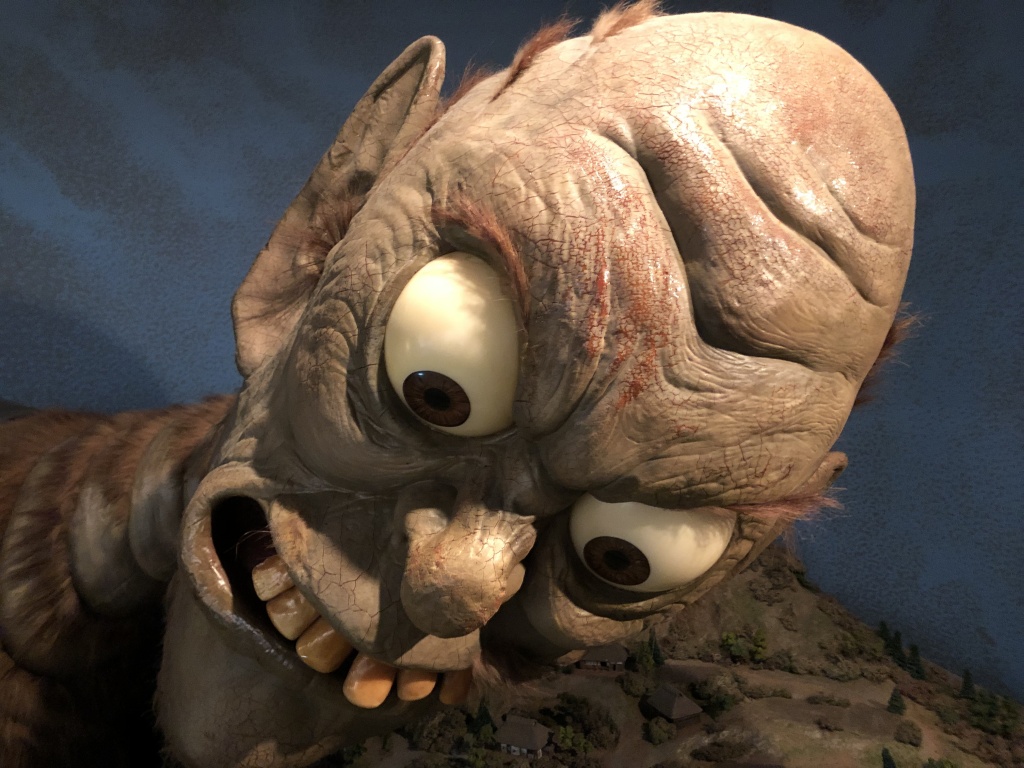







![dertilgung[1]](https://japanising.com/wp-content/uploads/2014/12/dertilgung1.jpg?w=630)
![vanilla5[1]](https://japanising.com/wp-content/uploads/2014/12/vanilla51.jpg?w=630)
![sakefair[1]](https://japanising.com/wp-content/uploads/2014/12/sakefair1.jpg?w=630)
![rox[1]](https://japanising.com/wp-content/uploads/2014/12/rox1.jpg?w=630)
![dentist[1]](https://japanising.com/wp-content/uploads/2014/12/dentist1.jpg?w=630)
![maskmaskmask[1]](https://japanising.com/wp-content/uploads/2014/10/maskmaskmask1.jpg?w=630)
![prometheus[1]](https://japanising.com/wp-content/uploads/2014/10/prometheus1.jpg?w=630)
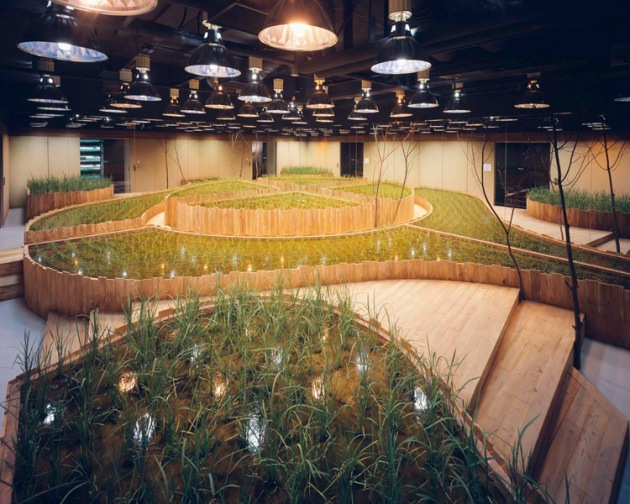
![tokyostation[1]](https://japanising.com/wp-content/uploads/2014/10/tokyostation1.jpg?w=630)
![blowfishing[1]](https://japanising.com/wp-content/uploads/2014/10/blowfishing1.jpg?w=630)
![blowfish1[1]](https://japanising.com/wp-content/uploads/2014/10/blowfish11.jpg?w=630)
![godzilla[1]](https://japanising.com/wp-content/uploads/2014/08/godzilla1.jpg?w=630)
![busgrounds[1]](https://japanising.com/wp-content/uploads/2014/09/busgrounds1.jpg?w=630)
![kubikirijizo[1]](https://japanising.com/wp-content/uploads/2014/09/kubikirijizo1.jpg?w=630)
![flyinggod[1]](https://japanising.com/wp-content/uploads/2014/09/flyinggod1.jpg?w=630)
![skytreebridge[1]](https://japanising.com/wp-content/uploads/2014/08/skytreebridge1.jpg?w=630)
![lanternsontheriver[1]](https://japanising.com/wp-content/uploads/2014/08/lanternsontheriver1.jpg?w=630)
![flowers[1]](https://japanising.com/wp-content/uploads/2014/08/flowers1.jpg?w=630)
![inu[1]](https://japanising.com/wp-content/uploads/2014/08/inu1.jpg?w=630)
![shrinesandshrines[1]](https://japanising.com/wp-content/uploads/2014/10/shrinesandshrines1.jpg?w=630)
![coneman[1]](https://japanising.com/wp-content/uploads/2014/10/coneman1.jpg?w=630)
You must be logged in to post a comment.